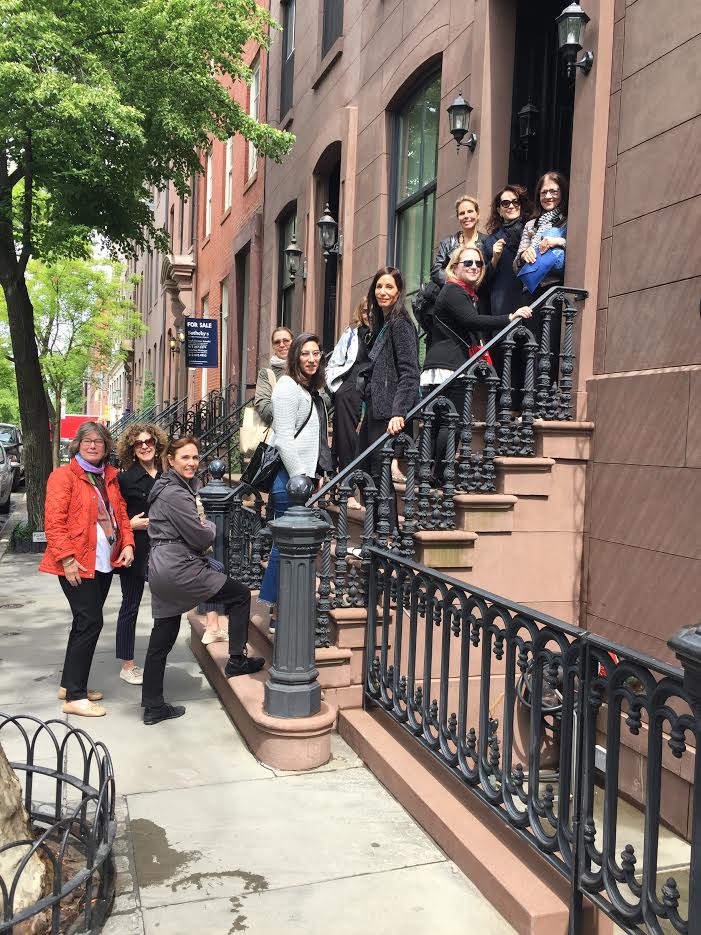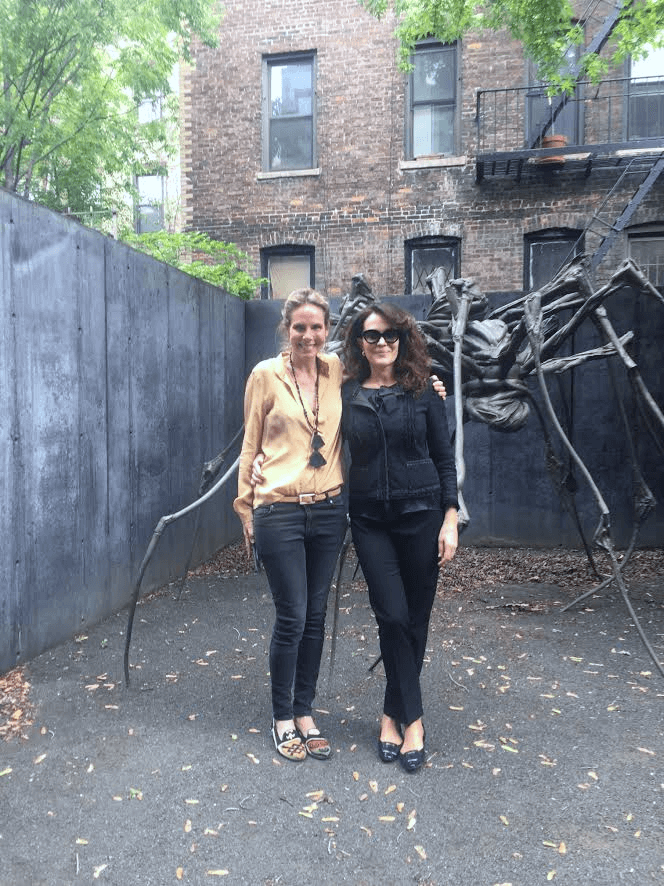Spending this morning at the 19th-century Chelsea townhouse, which artist Louise Bourgeois called ‘home’ for nearly half a century was a magical experience. A nonprofit organization, the Easton Foundation, which the artist set up in the 1980s, has opened the house to small arts-related groups, and I was fortunate to be able to tour it today with my program Design and Decorative Arts in NYC. Along with her house, the site includes an adjacent home, which Bourgeois purchased shortly before she died in 2010 at 98 from costume designer William Ivey Long, acting as an exhibition gallery of her work. But the true experience is the house, which was left just as it looked on the day she died, bringing you deep into the daily life of the famed artist. You can imagine the salons which she famously held every Sunday afternoon, where artists and musicians regularly participated, you can think of Bourgeois laying at her small bed in the room to where she moved after her husband, art historian Robert Goldwater died, and you can almost smell the soup cooking in her tiny kitchen by her longtime assistant Jerry Gorovoy. Everything stands still as if it is frozen in time, demonstrating the super modest lifestyle of the woman who started her career as a housewife, but then emerged into an internationally renowned, influential artist. She was born in France and gained famed relatively late in her long career. In fact, she first created her iconic spider sculptures which, to her symbolized her mother, in her 80s, long after MoMA presented the seminal retrospective of 1982. Her soul is so well preserved throughout the house, that you may think that Louise Bourgeouis is just there in the other room and will soon open the door. I want to take this opportunity and to thank Maggie Wright from the Louise Bourgeois Archive and the Easton Foundation for making this tour possible. Photos: “Spider Couple” should be © The Easton Foundation


